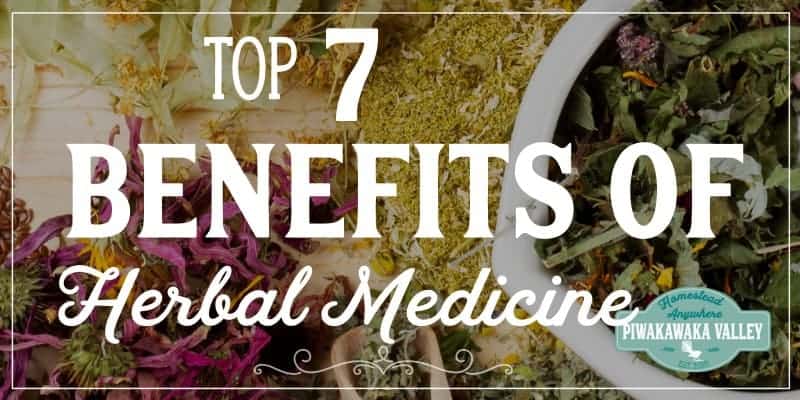The Basic Principles Of Herbalife
The Basic Principles Of Herbalife
Blog Article
What Does Herbalife Do?
Table of ContentsThe Basic Principles Of Herbalife The Main Principles Of Herbalife Our Herbalife StatementsSome Known Details About Herbalife

The overall commercial worth of the ethnobotanicals market can not be ignored. In 1995, the total turn over of nonprescription-bound herbal medicines in pharmacies was equivalent to almost 30% of the complete turnover of nonprescription-bound medicines in Germany, and in the United States, the yearly retail sales of herbal products was approximated to be US$ 5 - herbal life.1 billion.
3 Easy Facts About Herbalife Shown
In China, the complete value of natural medicine made in 1995 reached 17.6 billion Chinese yuan (roughly US$ 2.5 billion; Eisenberg et al. 1998; WHO 2001). This fad has continued, and yearly earnings in Western Europe reached US$ 5 billion in 2003-2004 (De Smet 2005). In China, sales of natural items completed US$ 14 billion in 2005, and revenue from herbal medications in Brazil was US$ 160 million in 2007 (Globe Wellness Company; http://www.who.int/topics/traditional_medicine/en/). In China, in 2003, conventional natural medicines played a noticeable role in the strategy to contain and treat serious acute respiratory system disorder (SARS), and in Africa, a traditional herbal medication, the Africa blossom, has been made use of for decades to deal with wasting symptoms associated with HIV (De Smet 2005; Tilburt and Kaptchuk 2008).
Herbs and plants can be processed and can be taken in various means and kinds, and they include the entire herb, teas, syrup, important oils, ointments, salves, scrubs, capsules, and tablet computers which contain a ground or powdered form of a raw herb or its dried extract. Plants and herbs extract vary in the solvent used for extraction, temperature, and removal time, and consist of alcoholic removes (casts), vinegars (acetic acid essences), warm water essence (tisanes), long-term boiled essence, generally origins or bark (decoctions), and cold infusion of plants (macerates).

Around 200 years ago, the very first pharmacologically active pure compound, morphine, was created from opium extracted from seeds vessels of the poppy Papaver somniferum. This exploration showed that drugs from plants can be detoxified and carried out in exact dosages despite the resource or age of the product (Rousseaux and Schachter 2003; Hartmann 2007).
The Main Principles Of Herbalife
With this ongoing trend, products from plants and natural sources (such as fungis and aquatic microbes) or analogs inspired by them have actually added substantially to the business medicine preparations today - https://profiles.delphiforums.com/n/pfx/profile.aspx?webtag=dfpprofile000&userId=1891234749. Even more than 60% of cancer cells rehabs on the market or in testing are based on natural items. Of 177 medications authorized globally for treatment of cancer, more than 70% are based on all-natural items or mimetics, many of which are improved with combinatorial chemistry.
Between 2005 and 2007, 13 medicines obtained from natural products were approved in the United States., last accessibility: November 5, 2010).
Examine This Report about Herbalife
In the USA, the National Center for Corresponding and Natural Medicine at the National Institutes of Wellness spent approximately US$ 33 million on herbal medicines in the 2005; in 2004, the National Canadian Institute dedicated almost US$ 89 million for studying a variety of conventional therapies. While this range of investment is reduced compared to the overall r & d expenditures of the pharmaceutical market, it nonetheless shows authentic public, industry, and governmental rate of interest around (Li and Vederas 2009). With significant development in the passion in and usage of traditional medicines worldwide, two main locations of problem emerge that bring significant obstacles.
Report this page